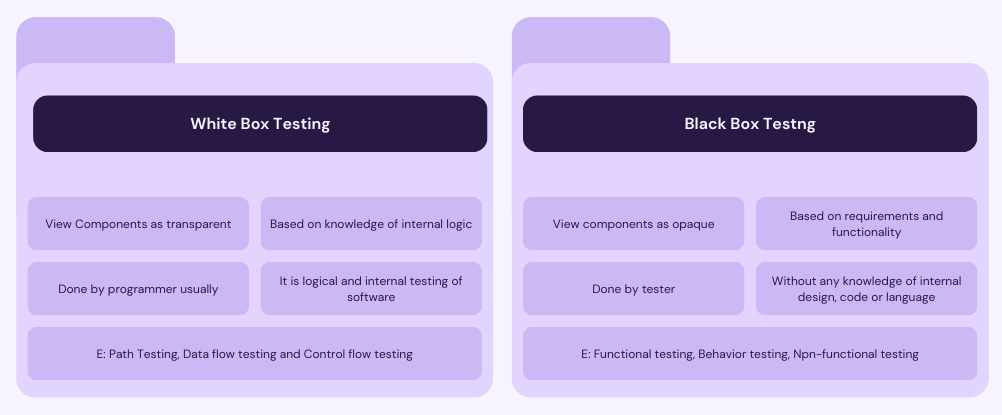 INTERVIEW QUESTIONS
INTERVIEW QUESTIONS Common Interview Question for Manual Testing
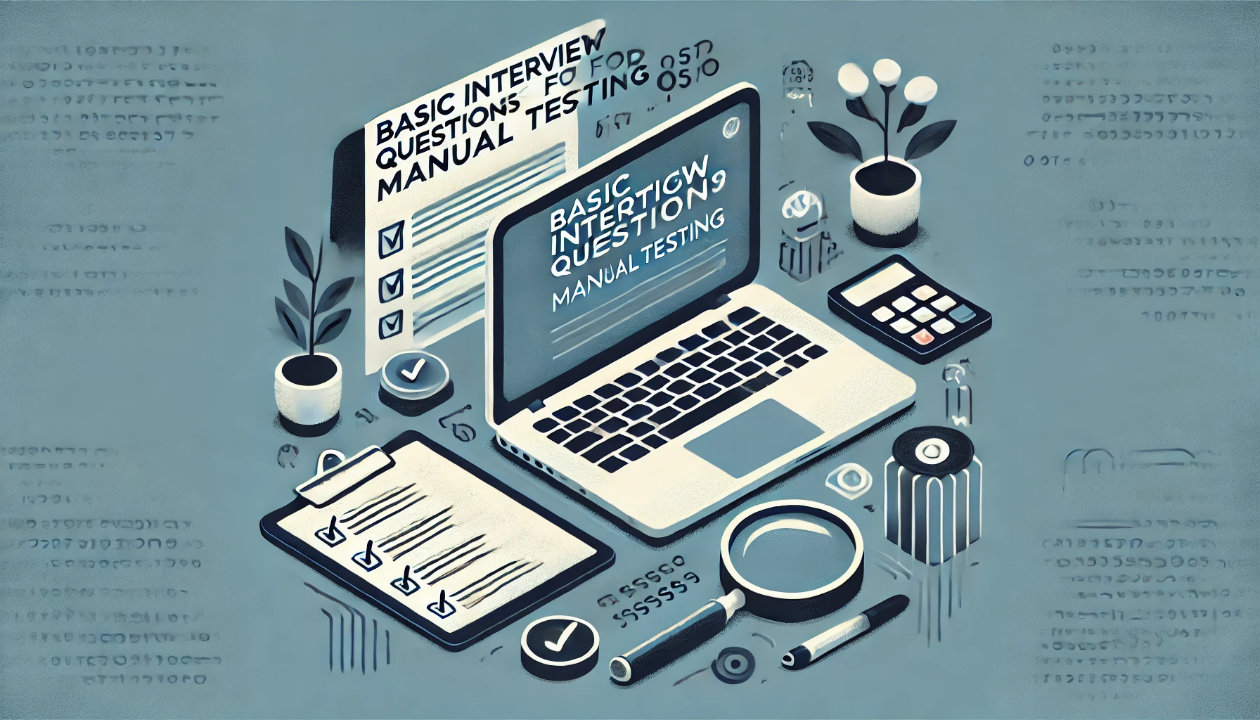
Very Basic concepts
The basic concepts of manual testing and automatic testing.
Humans conduct all manual testing. This is the oldest and most rigorous type of testing. Manual testing is hard to repeat, not always reliable, and time-consuming.
Automation is fast, repeatable, reusable, programmable, saves time, and is also costly.
What is SDLC?
SDLC stands for Software Development Life Cycle. SDLC is a structured software development process that ensures the value and correctness of the built software.
What is STLC?
STLC stands for Software Testing Life Cycle. It is a process that outlines the various phases and activities involved in testing a software application. The primary goal of STLC is to ensure that the software being developed is of high quality, meets the specified requirements, and is free from defects.
What are the phases of SDLC?
There are 6 phases in SDLC.
- Phase 1: Requirement Analysis and Feasibility Study. A feasibility study is the combination of an economical study, legal study, operational feasibility, technical study, and schedule study.
- Phase 2: Design
- Phase 3: Coding
- Phase 4: Testing
- Phase 5: Deployment
- Phase 6: Maintenance
What is the difference between software quality assurance and software testing?
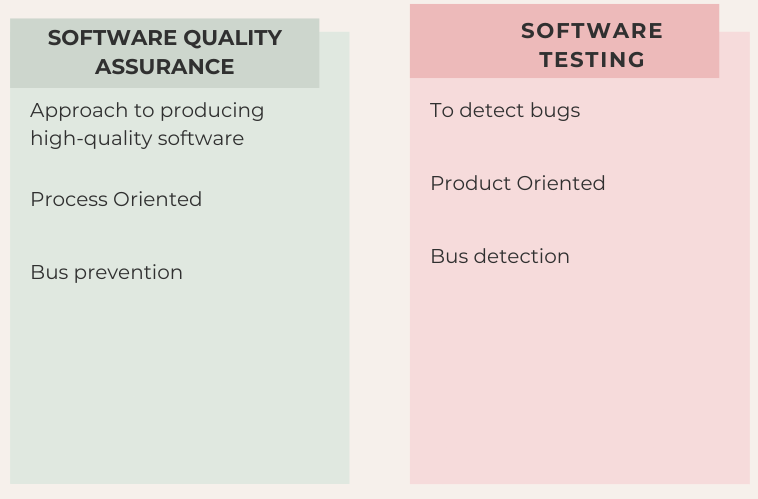
What is the ISO-9126 quality framework?
ISO-9123 is an international standard for the evaluation of software.
Describe McCall’s quality factor and criteria.
Represent the behavioral character of a system. There are a total 11 quality factors and 23 quality criteria. Correctness, Reliability, Efficiency, Integrity, Usability, Maintainability, Testability, Flexibility, Portability, Reusability, and Interoperability.
Describe Kitchenham & Pfleeger's five views of software quality.
- Transcendental View → Can be recognized through experience but not defined in some tractable form.
- User View → meet user's needs and expectations.
- Manufacturing View
- Product View
- Value-based view
What is BUG?
Various kinds of S/W problems or defects are known as bugs. Defects can be identified by Errors, Faults, and Failures.
- Error: Human action that occurs with an incorrect result.
- Faults: Incorrect step or process.
- Failures: Inability of a system.
Why are there so many bugs in a software system?
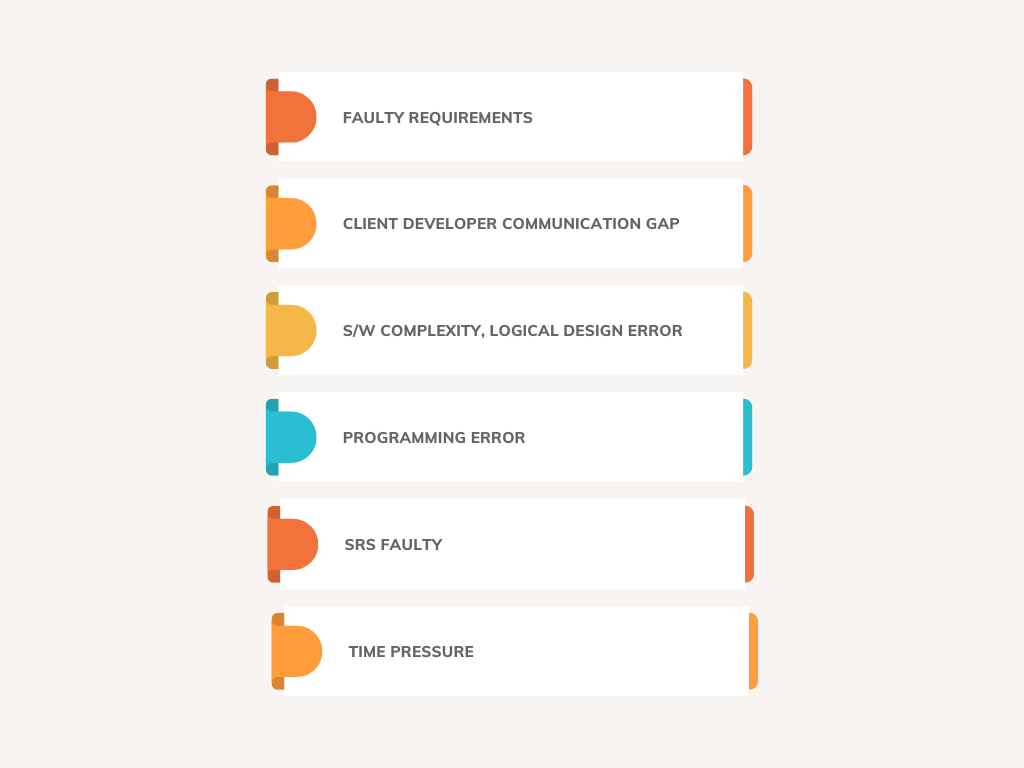
Distinguish between testing levels and testing techniques.
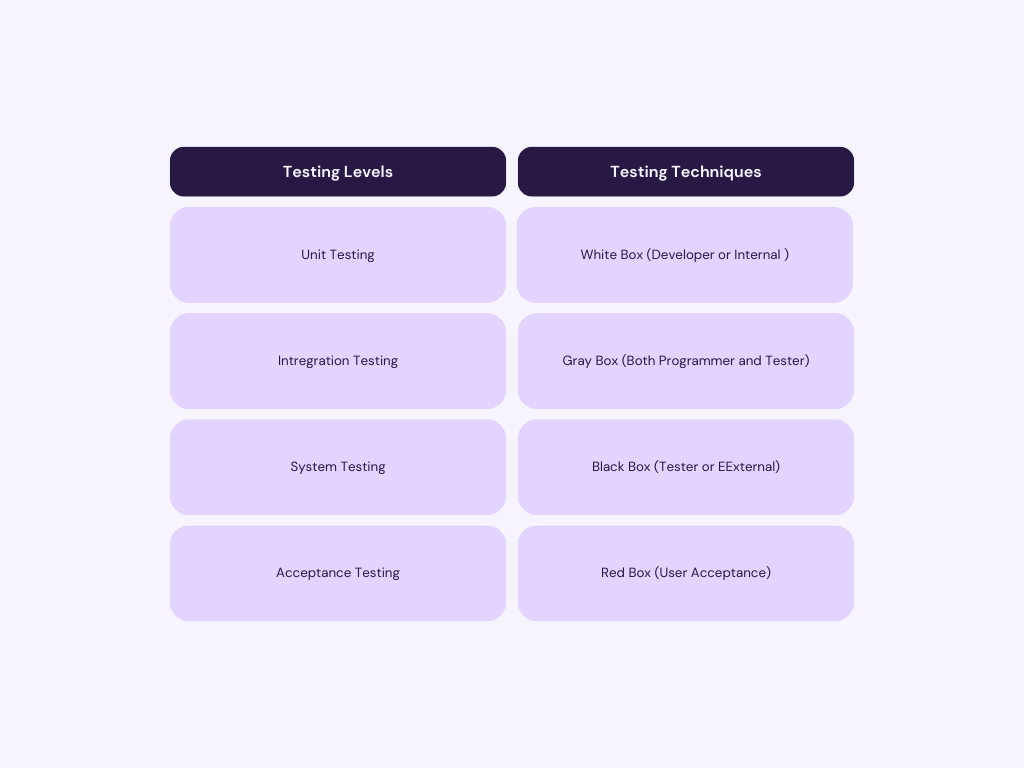
What is white-box testing?
White box testing, also known as clear box testing, glass box testing, or structural testing, is a software testing method where the internal structure, design, and implementation details of the software are known to the tester. In white box testing, the tester has access to the source code of the application being tested and uses this knowledge to design test cases.
The primary goal of white box testing is to ensure that all lines of code are executed and that the software functions as intended at the code level. This type of testing is concerned with validating the correctness of the internal logic, data flows, and program outputs based on the internal structure of the software.
Key aspects of white box testing include:
- Code Coverage: White box testing aims to achieve high code coverage, meaning that the tests exercise as much of the code as possible. Common metrics for code coverage include statement coverage, branch coverage, and path coverage.
- Unit Testing: White box testing is often associated with unit testing, where individual units or components of the software are tested in isolation. Unit testing helps identify and fix bugs at an early stage of development.
- Path Testing: This technique involves testing all possible paths or control flows through the software to ensure that every possible combination of inputs and conditions is covered.
- Integration Testing: White box testing is also applicable at the integration level, where interactions between different components are tested with knowledge of their internal workings.
- Code Review: Code review is an essential part of white box testing. Reviewing the source code helps identify potential issues and ensures that coding standards and best practices are followed.
What is black box testing?
Black box testing is a software testing method in which the internal workings, structure, and implementation details of the software being tested are not known to the tester. The tester focuses on examining the software's inputs and outputs, as well as its external behavior, without having access to the source code. The name "black box" refers to the idea that the internal structure of the software is treated as an opaque box, and the tester is only concerned with testing the observable behavior.
Key characteristics and aspects of black box testing include
- No Knowledge of Internal Logic: Testers performing black box testing do not know the internal code, algorithms, or data structures of the software. They approach the testing process from an end user's perspective or an external entity interacting with the software.
- Focus on Requirements and Specifications: Black box testing is based on the software's requirements, specifications, and functional documentation. Testers design test cases based on expected inputs, expected outputs, and the specified behavior outlined in the requirements.
- User-Centric Perspective: The testing is performed with the end user's perspective in mind. Testers simulate various scenarios, inputs, and conditions to ensure that the software behaves as expected and meets the user's needs.
- Functional and Non-functional Testing: Black box testing covers both functional aspects (whether the software performs the intended functions) and non-functional aspects (performance, reliability, usability, etc.) without delving into the internal details.
- Types of Black Box Testing: There are various types of black box testing, including:
- Functional Testing: Verifies that the software functions according to the specified requirements.
- Non-functional Testing: focuses on aspects such as performance, usability, and security.
- Regression Testing: ensures that new changes or updates do not negatively impact existing functionalities.
- User Acceptance Testing (UAT): validates that the software meets user expectations before it is deployed.
What are the key differences between white box and black box testing?
